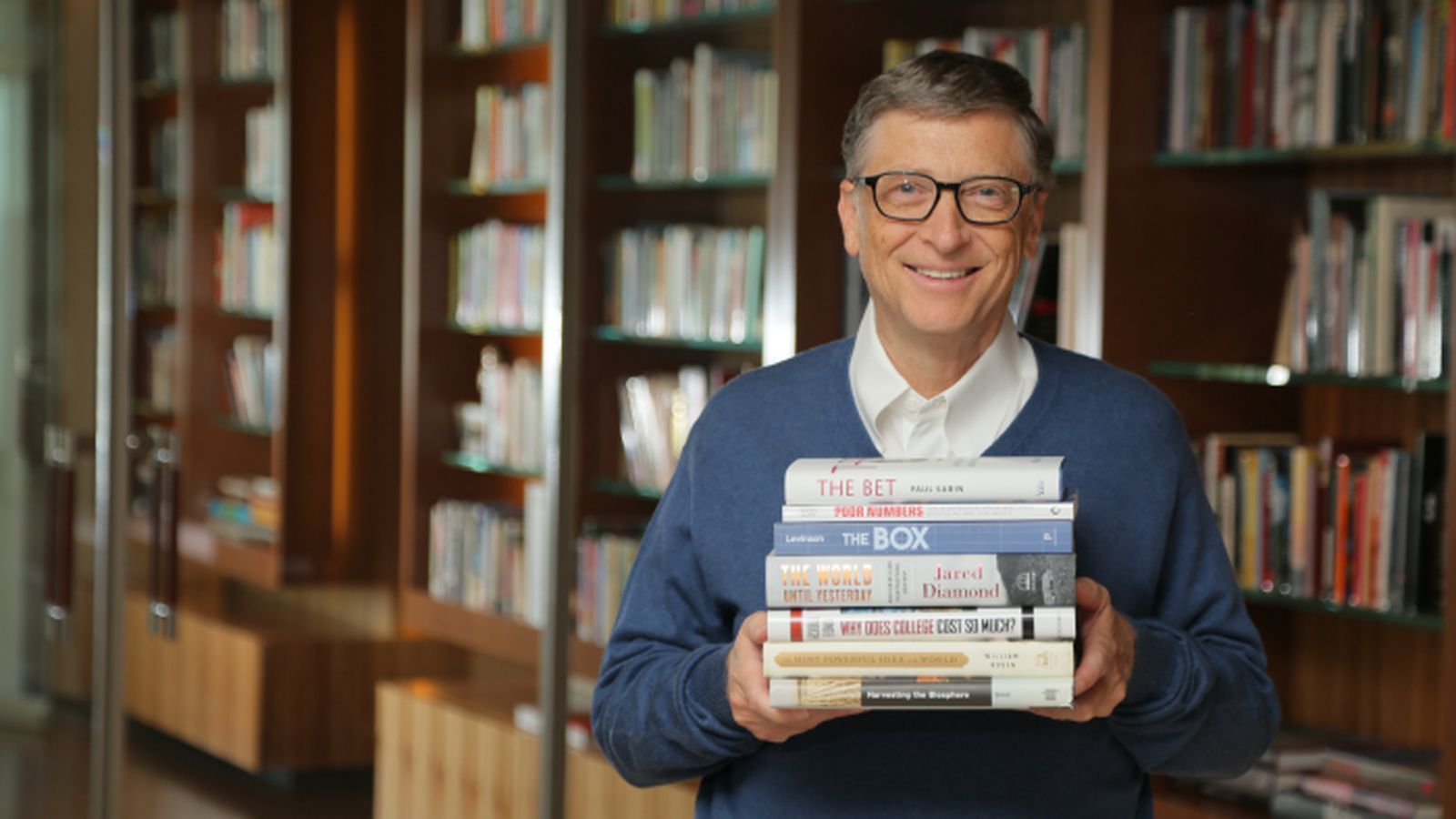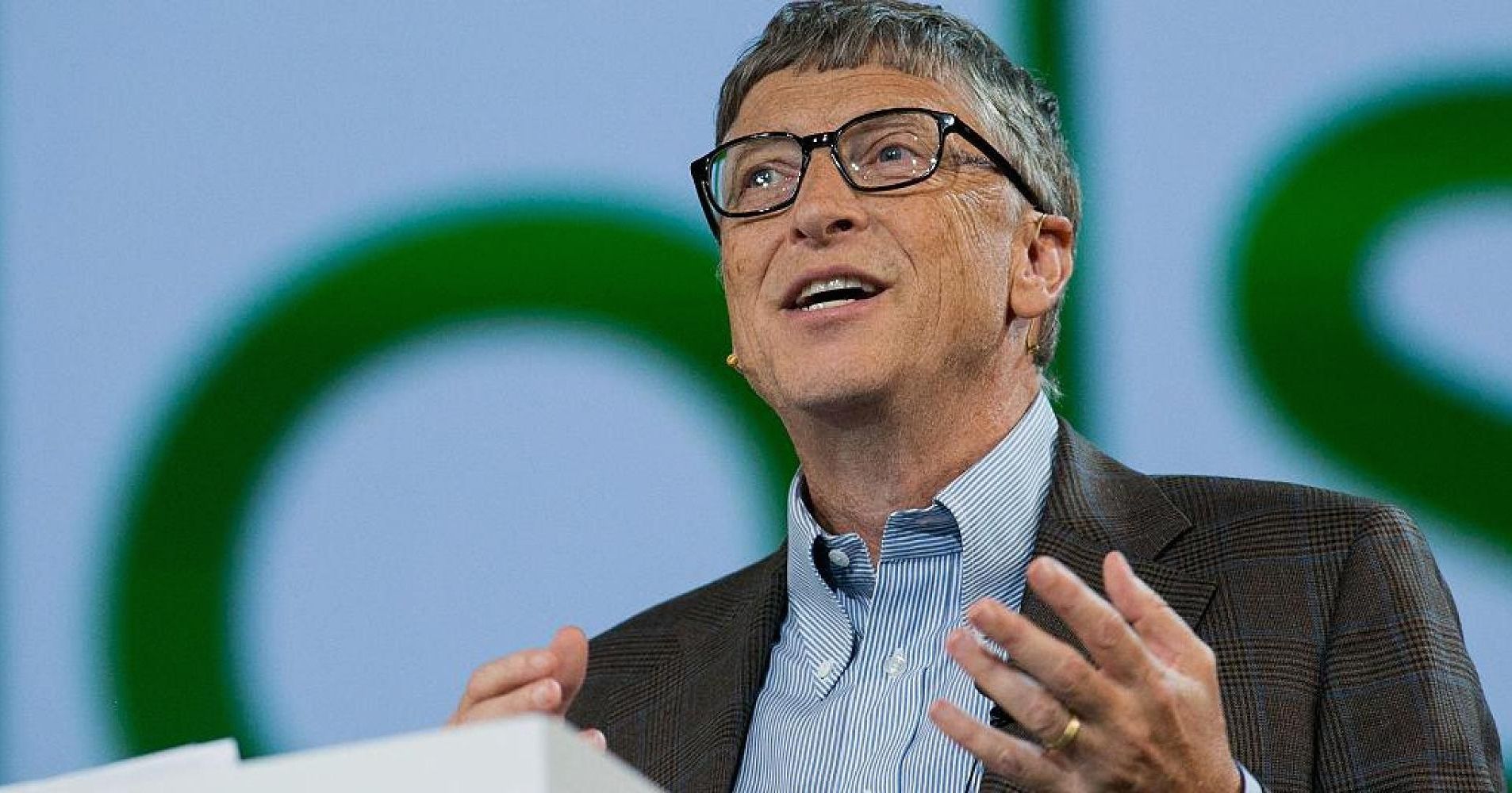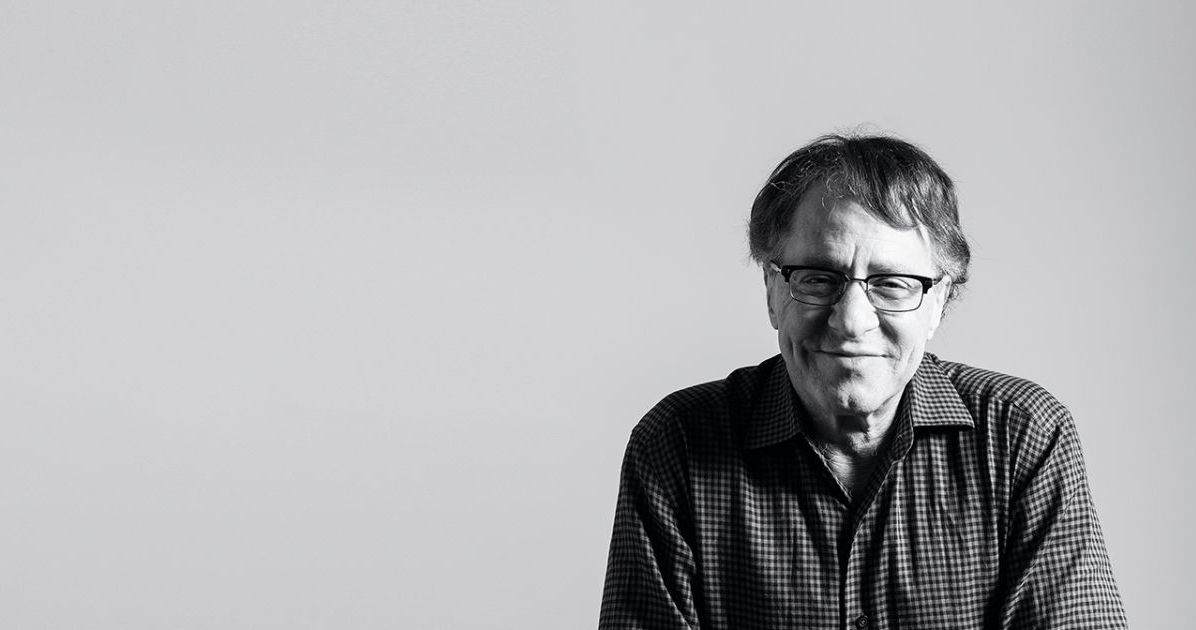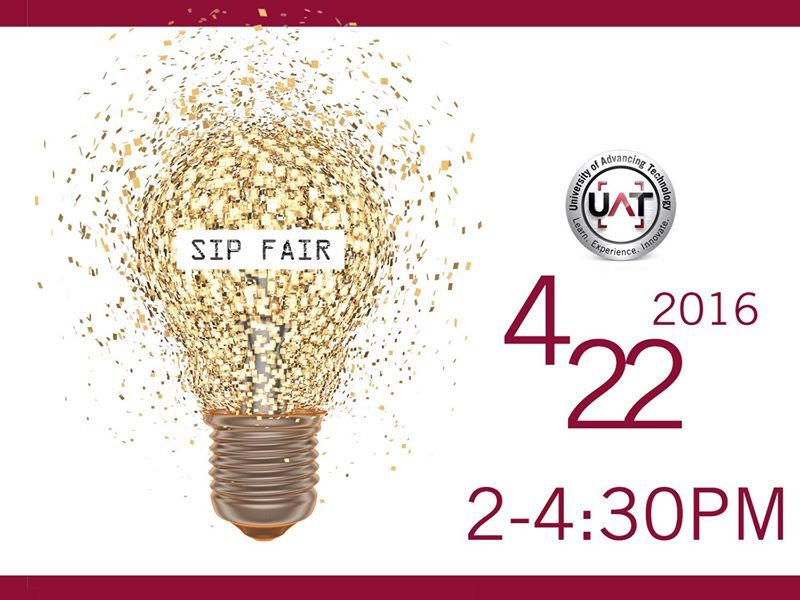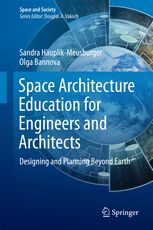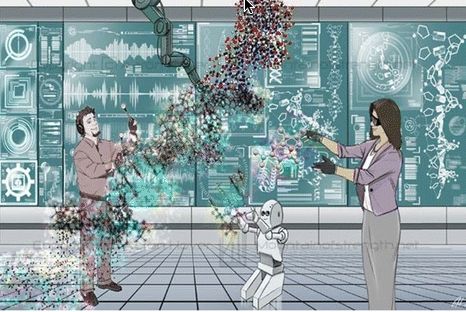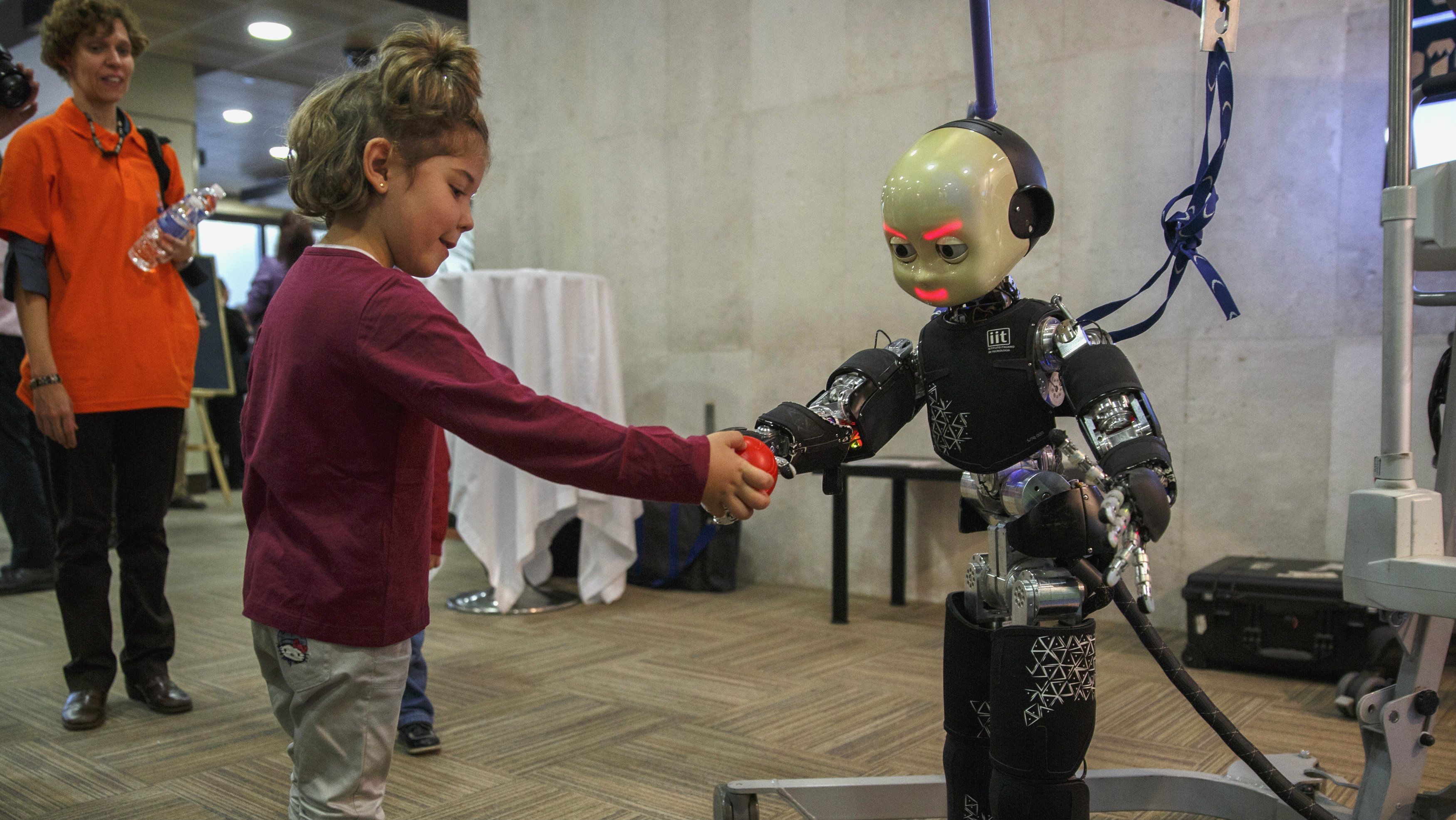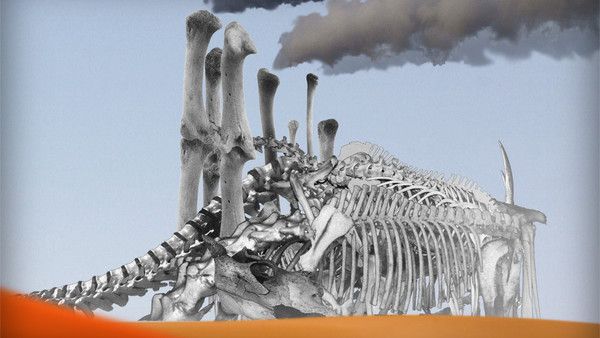Bill Gates on personalized learning, AI in education.
The rise of smartphones has transformed the way students communicate and entertain themselves. But the classrooms they spend so much of their time in remain stubbornly resistant to transformation. On one hand, technology has long had a home in classrooms — I learned to type on an Apple IIe in the late 1980s. But for most schools, the approach to teaching remains stubbornly one-size-fits-all: a single teacher delivering the same message to a group of about 30 students, regardless of their individual progress.
Bill Gates is working to change all that. Through the Bill and Melinda Gates Foundation, Microsoft’s co-founder and chairman has invested more than $240 million to date in a developing field known as “personalized learning.” It’s a diffuse set of initiatives, led mostly by private companies, to develop software that creates individual lesson plans for students based on their performance, coaching them through trouble spots until they have mastered the subject at hand. Teachers still play a central role in the classroom, but they do less lecturing and more one-on-one coaching.
The effort is led by a dizzying array of startups with terrible names — think “Learnosity” — but big companies are starting to pay attention. In 2014 Google launched Classroom, which lets teachers post class announcements, assign work to students, and collect and grade their assignments. And last year Facebook announced a partnership with Summit Public Schools, in which the Gates Foundation is an investor, to create personalized learning software and make it freely available.
